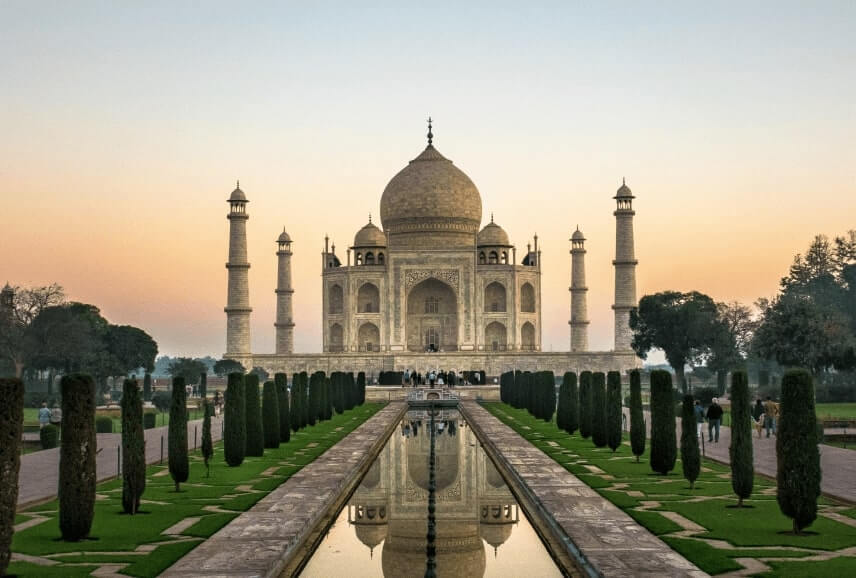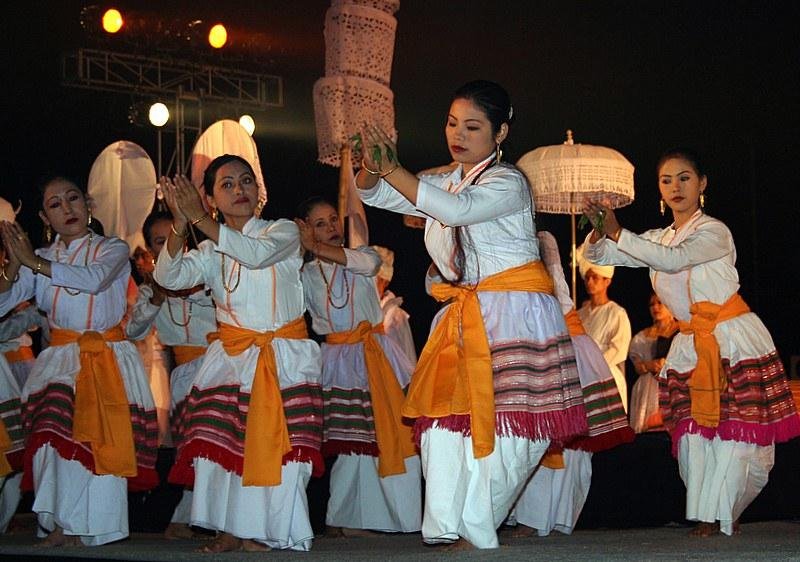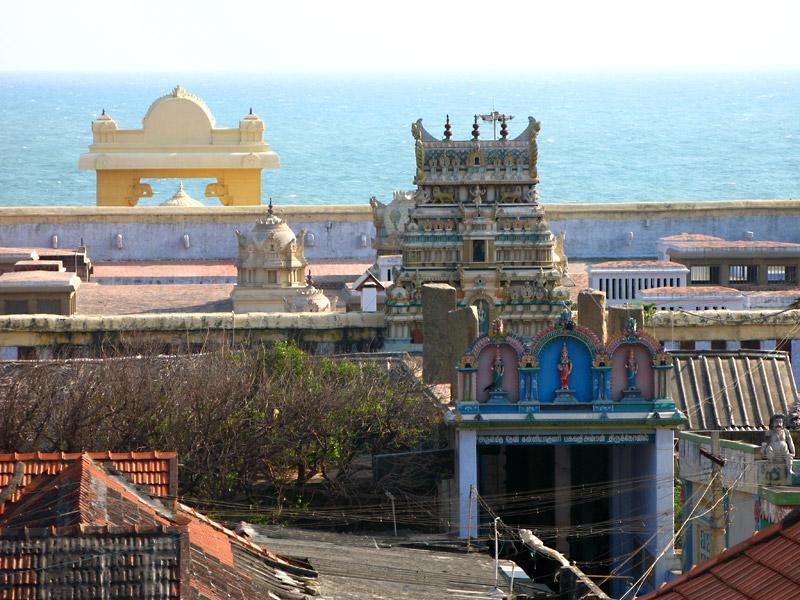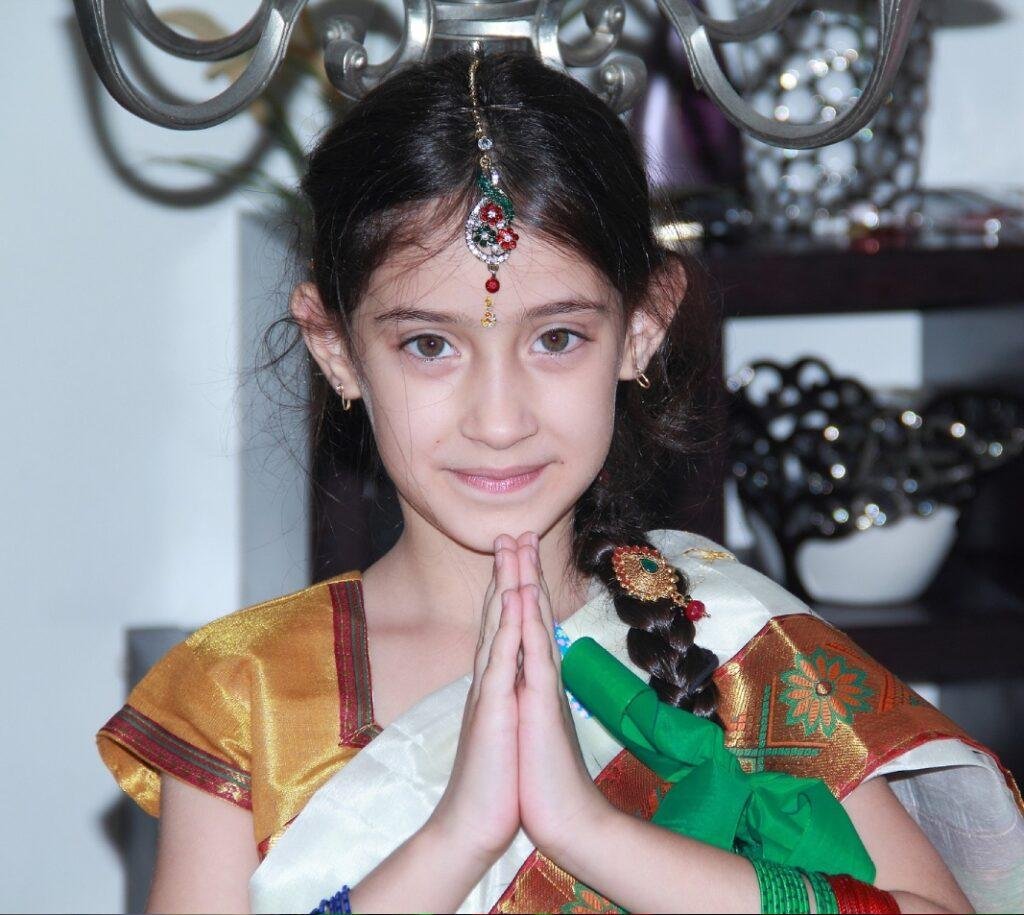Delhi has a fascinating history that spans thousands of years. According to Hindu beliefs, Delhi is associated with the ancient city of Indraprastha, mentioned in the epic Mahabharata. Excavations near the Purana Qila have revealed evidence of human habitation dating back 3000 years. The name Delhi is derived from the Maurya king Dhilu, who ruled the region in the 1st century BC. Throughout its history, the city has been known by different names given to it by its conquerors.
The earliest city with clear archaeological evidence is Lal Kot, also known as Qila Rai Pithora, which was founded by the Hindu king Prithviraj Chauhan in the 12th century. However, it fell to Afghan invaders in 1191, and for the next 600 years, Delhi was ruled by a succession of Muslim sultans and emperors. Qutub-ud-din Aibak, the first Muslim ruler, demolished the Hindu city and utilized its stones to construct Mehrauli and the iconic Qutub Minar.
Qutub-ud-din Aibak’s Mamluk dynasty was eventually replaced by the Khilji dynasty, who established a new capital called Siri in the northeast of Mehrauli. The Tughlaq sultans came to power through a coup and created a fortified capital at Tughlaqabad, along with two additional cities – Jahanpanah and Ferozabad.
The Tughlaq dynasty faced a decline after Tamerlane’s invasion in 1398, which opened the door for the Sayyid and Lodi dynasties, the last of the Delhi sultanates. The tombs of these rulers can be found scattered around the Lodi Gardens. This period set the stage for the arrival of the Mughals.
In 1526, Babur, the first Mughal emperor, conquered Delhi, and his son, Humayun, oversaw the construction of a new capital at Shergarh (present-day Purana Qila). The Mughal period witnessed significant city-building efforts. Shah Jahan, who ascended the throne in 1627, created a new city called Shahjahanabad, centered around the Red Fort. However, the Mughal city was captured by Nadir Shah in 1739, leading to the decline of the dynasty.
During British rule, the capital was shifted from Calcutta to Delhi in 1911. Architect Edwin Lutyens designed a new city called New Delhi, characterized by wide boulevards and grand administrative buildings to accommodate the colonial government.
Since India’s independence, Delhi has faced various challenges but has continued to thrive. It has witnessed significant events, such as the partition violence and the assassination of Indira Gandhi. The city has embraced modern development with the emergence of skyscrapers and designer apartments alongside the remnants of its lost empires.
Sights:
Most of Delhi’s attractions are easily accessible via the metro. Please note that some places may have closure days
The history of Delhi is rich and spans several centuries, reflecting the rise and fall of different empires and dynasties. The city has been a witness to numerous conquests, cultural exchanges, and the shaping of India’s political and cultural landscape.
Ancient Period: The earliest known settlements in the Delhi region date back to the 6th century BCE. The area has seen the rise and fall of several ancient kingdoms, including the Maurya Empire and the Gupta Empire. Delhi was strategically located on trade routes and served as a prominent center for commercial activities.
Medieval Period: Delhi gained significant prominence during the medieval period. In the 12th century, the city was founded by the Tomara dynasty, who established Lal Kot, the first known city of Delhi. Subsequently, the Chauhan Rajputs took control and built the Qila Rai Pithora.
However, it was under the rule of the Delhi Sultanate that Delhi witnessed a major transformation. In 1192, Muhammad Ghori defeated the last Hindu ruler of Delhi and established Muslim rule in the region. The Delhi Sultanate, which lasted from the 13th to the 16th century, saw the construction of several iconic structures like the Qutub Minar and the Alai Darwaza.
The most prominent dynasties of the Delhi Sultanate were the Mamluks, Khaljis, Tughlaqs, Sayyids, and Lodis. These rulers left a lasting impact on Delhi’s architecture, culture, and language.
Mughal Era: The Mughal Empire, one of the most glorious periods in Delhi’s history, began with the arrival of Babur, the first Mughal emperor, in 1526. Babur’s descendants, including Akbar, Jahangir, Shah Jahan, and Aurangzeb, played a significant role in shaping the city.
Under Akbar’s reign, Delhi became the capital of the Mughal Empire and witnessed the construction of magnificent monuments like the Red Fort and Jama Masjid. Shah Jahan is credited with building the iconic Taj Mahal in Agra but also left his mark on Delhi with structures like the Jama Masjid and the elegant city of Shahjahanabad, now known as Old Delhi.
Colonial Period: The 18th century saw a decline in Mughal power, and Delhi was attacked by various regional powers. In 1739, the Persian invader Nadir Shah sacked the city, causing massive destruction. The city came under the control of Marathas, followed by the British East India Company.
Delhi became the capital of British India in 1911, and extensive urban planning and development took place. Sir Edwin Lutyens and Sir Herbert Baker were responsible for designing New Delhi, the new capital, which was inaugurated in 1931.
Post-Independence: After India gained independence from British rule in 1947, Delhi became the capital of the newly formed Republic of India. The city has since grown rapidly, both in terms of population and infrastructure. It has witnessed significant political events, including the formation of the Indian government, state visits by world leaders, and the hosting of major international events.
Today, Delhi stands as a vibrant metropolis, blending its rich historical legacy with modernity. It serves as the political, cultural, and economic hub of India, attracting people from diverse backgrounds and offering a glimpse into the nation’s past and present.


























